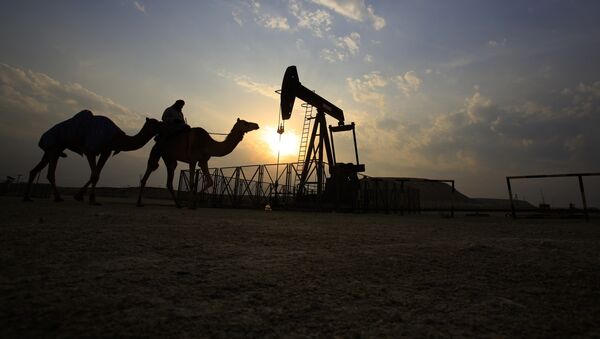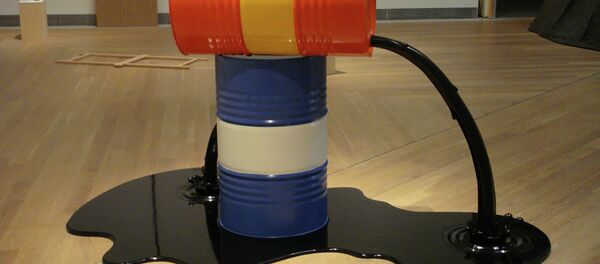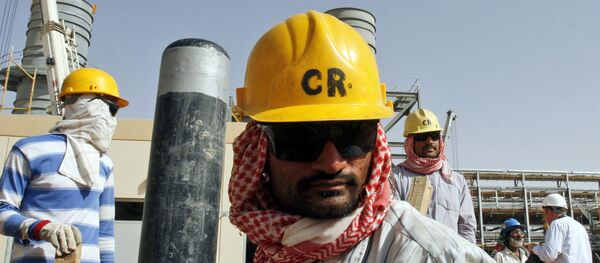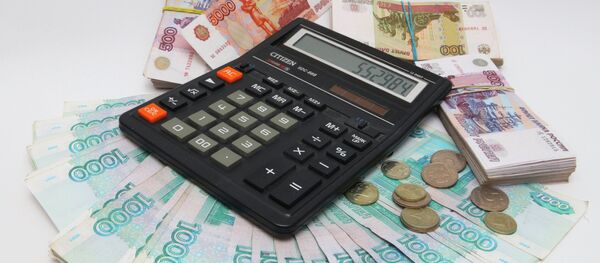Norway
Norway, the owner of the largest of the funds, set up in 1990s to safeguard the country’s oil wealth for future generations, announced in January that it had made its first withdrawal from the country's sovereign wealth fund while trying to counter the economic slowdown.
The fund was set up twenty years ago for the purpose of sharing the wealth from oil and gas production with future generations. The fund is invested in foreign stocks, bonds and real estate.
The fund received its first capital transfer in 1996 and receives its investment guidelines from the government, and according to Bloomberg, 59.8 percent of it is invested in stocks, 37 percent in bonds and 3.1 percent in real estate at the end of the first quarter.
It is mandated to hold 60 percent, 35 percent and 5 percent in those asset classes, respectively, though the government has proposed raising the cap on properties.
According to the estimates of the International Monetary Fund and Fitch Ratings, the Fund can easily offset the fiscal hit from the recent global drop in oil prices or help to prevent the so-called “Dutch disease” – the tendency of natural-resource revenues to strengthen local currencies and weaken economic competitiveness – for more than eight years should the prices rebound further.
In late April, one Oslo-based investor told Bloomberg that the Fund lost 85 billion kroner ($10 billion), or 0.6 percent in the first quarter of 2016, after rising 3.6 percent in the fourth quarter of 2015. Its stock portfolio lost 2.9 percent, its bonds gained 3.3 percent and the real-estate investments fell 1.3 percent.
Saudi Arabia and The Middle East
In its report last year on Middle Eastern and North African economies, the International Monetary Fund calculated that if oil prices stay at current levels, Saudi Arabia will exhaust its “fiscal buffers” in about five years, and so will Algeria.
Bahrain, Libya and Oman have even less time.
Among the Middle Eastern petroleum exporters, the United Arab Emirates, Kuwait and Qatar are the luckiest. They have sufficient cushions to last them more than two decades.
Even those funds, however, won't be investing as actively as previously because governments in the Middle East prefer drawing down the funds to reducing budget expenditure.
However, the recent revelation of Mohammed Al-Sheikh, financial adviser to Saudi Arabian Deputy Crown Prince Mohammed bin Salman suggested that, last spring, Saudi Arabia was burning through its foreign reserves faster than anyone had imagined: with such spending levels it was only two years away from insolvency – it would have gone “completely broke” by early 2017.
The move is aimed at diversifying its economy away from oil in the wake of a dramatic fall in oil prices and make the country’s economy completely free from oil revenues by 2020.
However, according to OilPrice.com website, “raising a megafund of that size is practically next to impossible.”
“From its peak in 2014, the Saudi reserves have depleted by a whopping $150 billion. In 2015 alone, the Kingdom consumed $115 billion in reserves, when the crude oil prices averaged $48.67 per barrel. Even in January 2016, the FX reserves dropped by more than $14 billion,” it says.
“If the crude oil averages below $40 till the end of 2017, the Saudi Kingdom will likely lose another $150 to 200 billion from their reserves in the next two years. A few experts expect the reserves to drop to $200 billion by 2018 if the oil prices don’t recover.”
According to other estimates by the International Monetary Fund and Fitch Ratings, Norway, Kuwait, Qatar and the United Arab Emirates all need relatively low oil prices of $40, $54, $60 and $77 a barrel, respectively, to balance their budgets.
In contrast, Saudi Arabia, Venezuela, Libya and numerous other oil producers have break-even points that top $100 a barrel.
Russia
As of May 1, 2016 the size of the Reserve Fund amounted to $44.96 billion (almost 3 trillion rubles) and that of the National Wealth Fund – $73.86 billion (almost 5 trillion rubles).
According to a recent report by the Sovereign Wealth Fund Institute, Russia’s Ministry of Economic Development in a 2017-2019 study forecasts the amount of assets in both Funds to fall to 2 trillion rubles by 2020.







